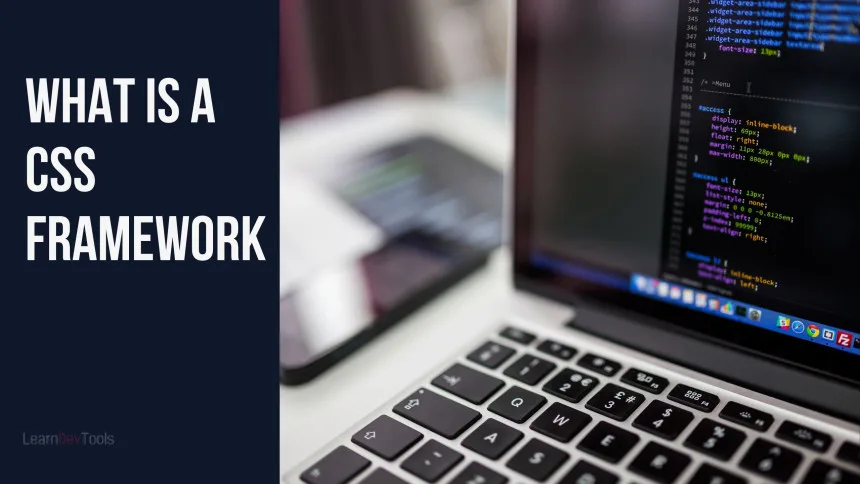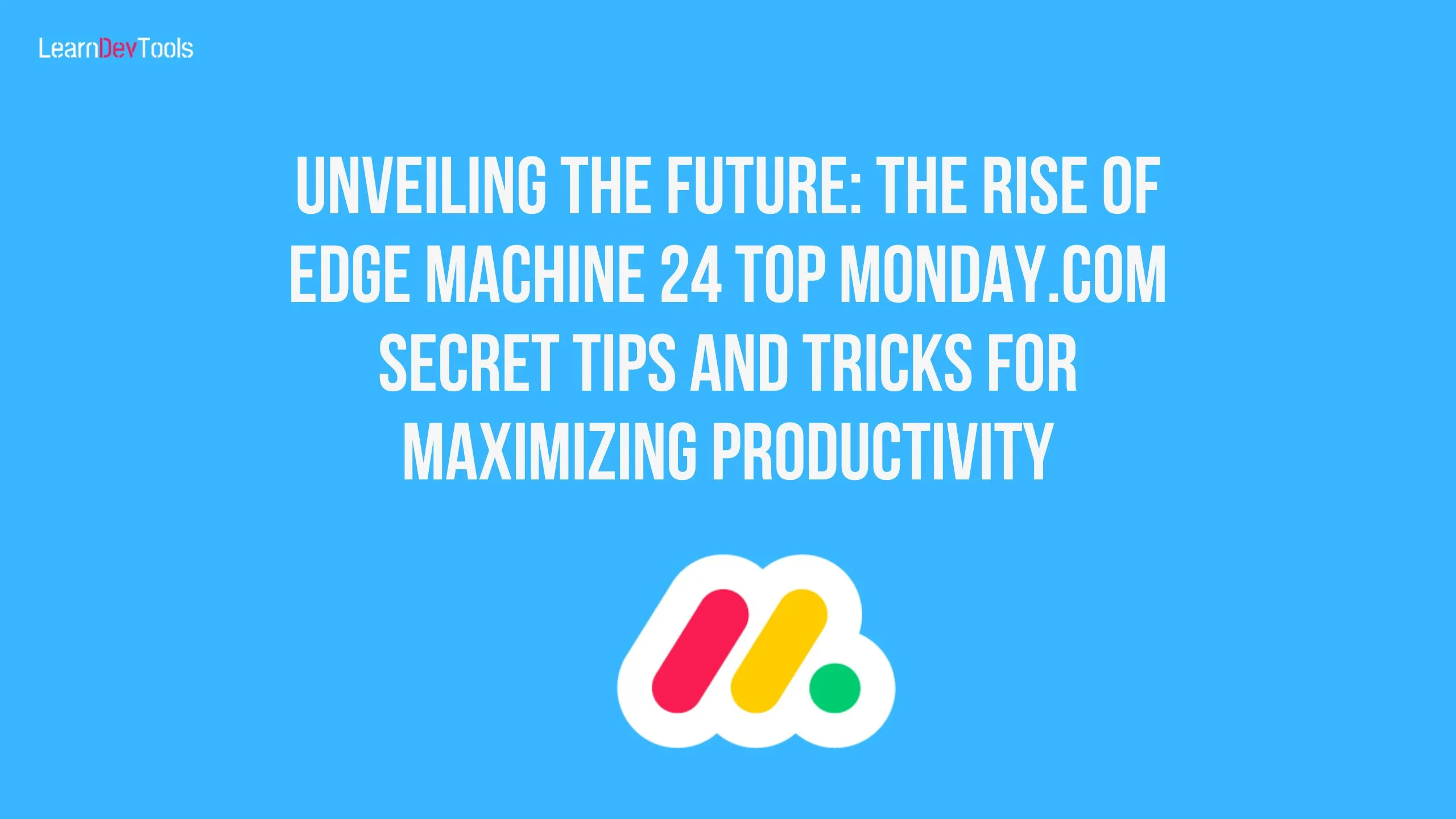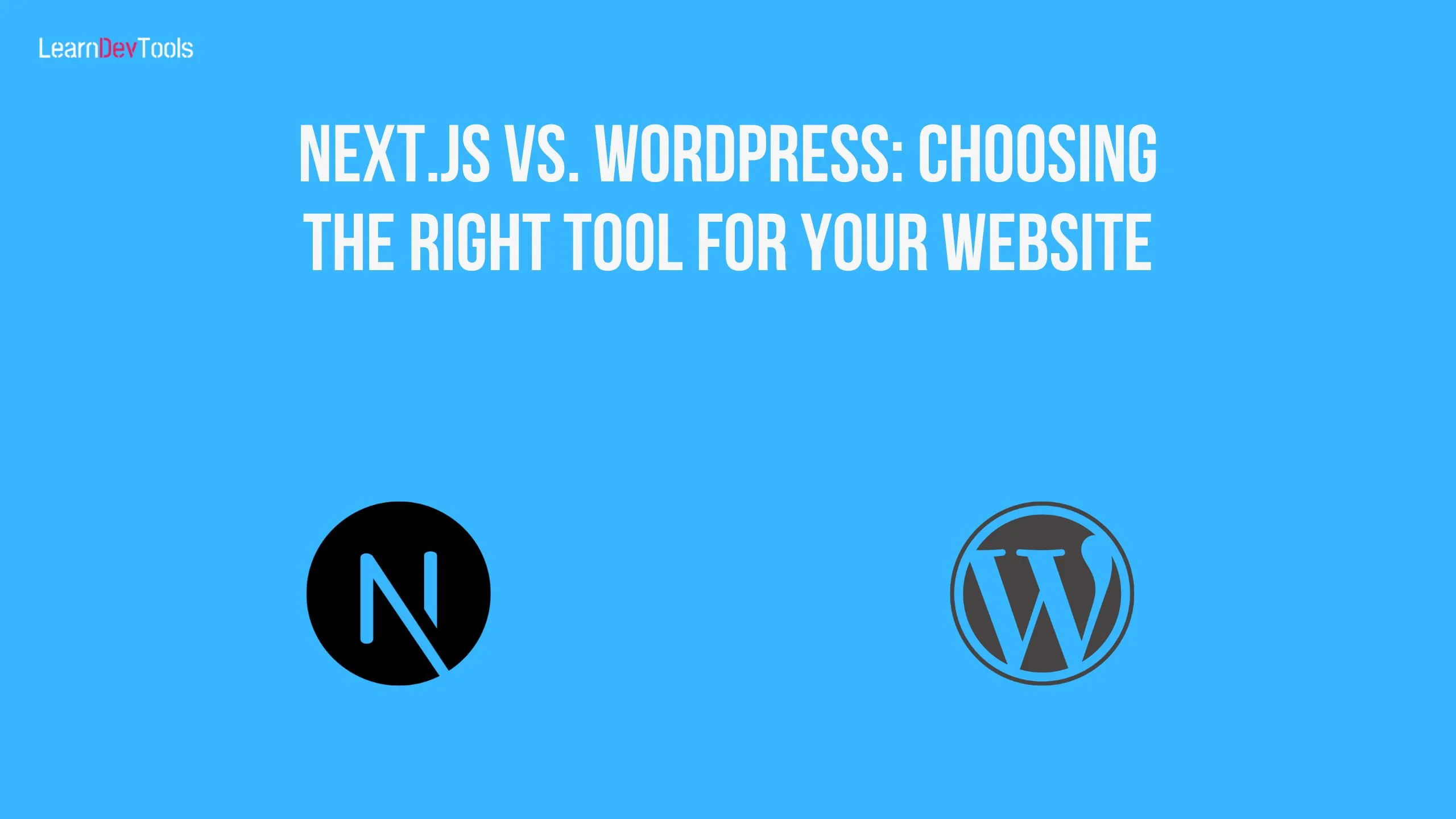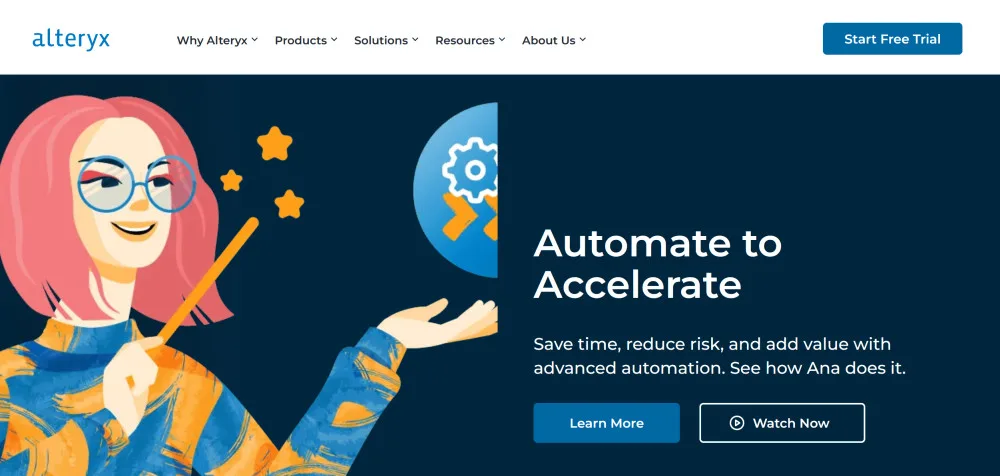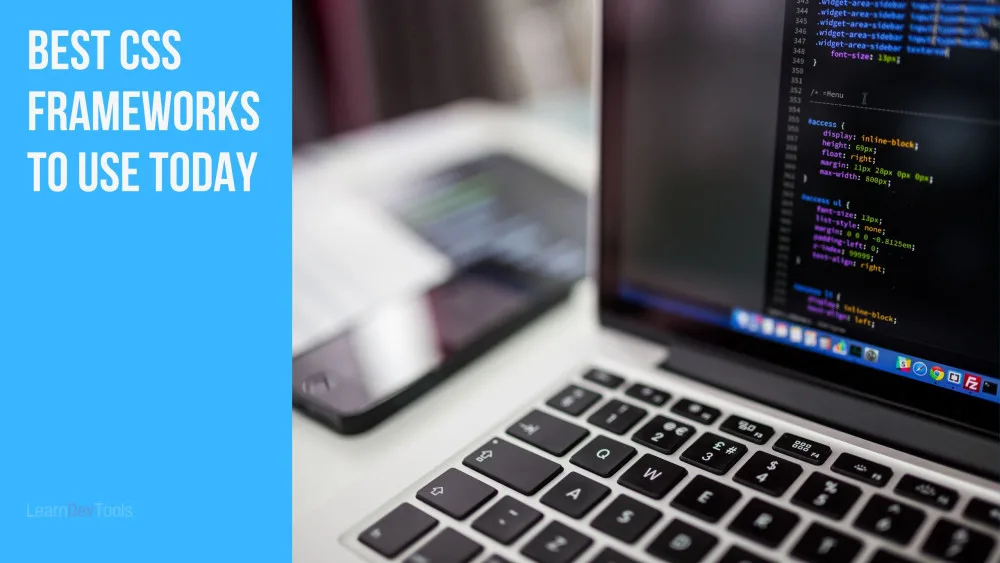Introduction
CSS Frameworks are those UI tools that can help developers build the front-end of any application easily and efficiently. HTML is the building block of any web application but needs CSS to add that beautiful nice looking, elegantly smooth design to the application. To use a CSS framework, you must have basic knowledge of CSS(Cascading Style Sheets). If you don’t know what CSS is then check out our quick CSS guide before coming back.
In this article, you will learn about CSS Frameworks, why you may someday need them, and their advantages as well as their inconvenience. You will equally learn how to choose the best CSS framework for your projects
What is a CSS Framework?
A CSS Framework is a set of ready-to-use CSS, prepped, typically designed to facilitate web development. In simple words, it contains a set of pre-built user interfaces components like navbars, footers, headings, buttons, tabs, sliders, tags, layout, accordions, responsive elements and many more to help developers so that they won’t need to build the project from scratch. Generally, stylesheets are supported and expanded by other scripting technologies like SASS and JavaScript.
Frameworks are useful for large projects and can be used in more than one project. However, they may seem to be complex for beginners as some of them usually contain buzzwords and descriptions that are difficult for them to handle. Nonetheless not every framework is complex to understand and use. One of the best and most used frameworks for beginners is Bootstrap
Why would you need a CSS Framework?
Before heading on a journey to embark on a CSS Framework in your project, ask yourself some of these questions:
- Does this project I am working on necessarily needs a framework or will need it future?.
- Do I really need a framework for this project?
- Which CSS Framework is a good fit for this type of project?
- At which phase should I add a CSS Framework to my project?
- How long will it take to for me or my team to learn the framework?
Yeah, so many questions may remain suspended in the air. The next sections present some elaborated points to help you answer those questions.
Save a lot of time
If you are a developer who needs to meet deadlines at any cost, using a CSS Framework will help your save time and be more productive since the framework provide you with the necessary template or components for the UI. So you will round up the UI quicker and concentrate on another important aspect of the project effectively.
Land Jobs Easily
According to indeed career advice, a frontend developer with good skills in JS framework and the CSS framework will easily land an interview and eventually get a job. Today many recruiters seek developers with good design skills
Learn to use it
Maybe your current project does not necessarily need a framework or your current recruiter does not need it now. But it’s important at some level to learn how to use one as one of your future employers or projects will eventually recommend using it.
Personally, I started learning these frameworks just for fun but eventually took a liking for it and it helps me a lot in my projects. At some point, I am looking forward to building a personal framework 😎 for my future work. So rather than only learning how to use it, you could equally learn how it works or how to build a CSS framework on your own.
It’s easy to learn
Most CSS Frameworks are generally easy to learn and you may take less time to learn if you have good CSS knowledge. However, a beginner can learn Bootstrap in less than a week as it’s easy to install and well-documented. A developer can take 3 to 7 days to master any CSS Framework.
What are the Advantages of Using a Framework?

This section highlights some advantages for as a beginner or developer you get when using a CSS Framework
- As discussed earlier, it helps you achieve your task faster as the framework content prebuilt code and components.
- Provide a clean and symmetric layout.
- Some CSS Frameworks offer you the possibility to easily customize their component to fit your design or needs
- They support cross-browser functionalities. Thanks to CSS frameworks, you don’t need to add browser support to your CSS code. It’s really frustrating to build a web app and test it on popular browsers like Google, Firefox, and Bing and discover that some parts of the app are broken. CSS Framework relieves you from such frustrations.
- They have a Documentation and Forum. Most Frameworks come with a documentation on how to install and use the various components and functionality they offer. There are also forums with active users to guide you if you get stuck with the documentation.
- Help you learn CSS. Yeah 😏, take for instance if you don’t know how some CSS attributes like grid and flex work, then playing around with their frameworks will help you a lot.
- With CSS Framework, it’s easy to work in a team rather than each team member writing CSS code that can great conflicts. Take for example, if you are in a team of 2 working on the front end, rather c creating a class a styling your button, you could use common classes to avoid code and design conflicts.
- You make fewer mistakes.
- They help you build a more organized code.
- They provide a grid system for your site layout. You won’t waste time building one on your own. This is the only component that really pushed me to use a CSS Framework. That’s not to discourage anyone from using one. Everything depends on the goals or objectives you fixed.
What are some Disadvantages of Using a Framework?
Nothing good comes without drawbacks, In the previous section, you learn about some CSS framework pros. This section will highlight some of their cons.
- The first inconvenience is learning to use it. It’s kind of funny 😂 because one of the pros was to learn and here we are talking about the cons and it still figures in. Well, it all depends on the context. Somehow if you need to use a framework, you need to know how it works so you will need to spend some time learning it especially if you have never used one.
- It contains unnecessary code. To fit the needs of many users, framework maintainers usually provide a bunch of components that use a bunch of code so that in the end each user finds their benefit. Because of this frameworks are filled with many scripts and files that you do not even use.
- Websites with the same frameworks look similar. Personally, I don’t like having my website design look similar to others. It kind of frustrates me. If you choose to use a framework bear in mind that someone out there is using it too, so don’t be surprised to find a website with similar design aspects
- Additional Customization: If you don’t want your website to feel and look like others, you will eventually need to add some customization and this can be a time-consuming task.
- High Dependency: The framework does not belong to you so you will highly depend on the maintainer. If your framework breaks so will your website 😭. Generally, if anything happens to the framework you will bare the consequences.
- Force you to use the CSS semantic: Some of you may not like the semantics a particular framework offers. For example, you may have your own unique way of naming your variables, classes or ID but the framework offers something else that doesn’t suit you or your team. Let’s admit it may not be a big deal but it’s kind of annoying when your code does not follow the same standard.
- Lose a lot of time: For some developers, using a framework can accelerate the development phase while for others they may lose a considerable about of time customizing to feed their needs.
What are the Best CSS Frameworks to Use in 2023?
This section presents the best CSS Frameworks to use in 2023. According to Hackr, these are frameworks that frontend developers to look forward to:
- Tailwind CSS: Beginner-friendly, Easy CSS Framework
- Bootstrap: Popular and Easy-to-Use
- Foundation: Open-Source, Advanced UI Framework
- Bulma: Free and Modern CSS Frameworks
- UI Kit: Fast Front-End Framework
- Materialize: The Colorful CSS Framework
- Skeleton: Simplicity and No Frills
- Pure: Compact CSS
- Semantic UI: One of the Best HTML CSS Frameworks
- Tacit: Simple and Effective
How to Choose the Right CSS Framework?
Have you finally decided to use a framework but somehow don’t know how to choose from the array. Below are some points I have gathered to help you choose the right framework for your project. However, the choice of framework usually depends on the type of project you will be working on and your objects
- The ease of use. If you looking for something easy to handle with no or less stress then bootstrap and Bulma is a good fit
- Lightness of the Framework: Some developers seem to neglect this factor but it’s important when it comes to SEO, loading time and resources used. Framework usually comes with many scripts and files that are not quite totally used in the dev process. If resources matter to you then you could choose a lightweight framework like Pico.CSS(7K), Pure(3.7Kb), Chota, Picnic CSS(10k), Spectre(~10K), or Milligram(2K).
- The Components/Features the framework offers: If you are more interested in the list of components the framework offer then UIkit, Boostrap, Tailwind CSS, Bulma, and Foundation are some good examples
- Level of Customization and Flexibility: Developers tend to use frameworks that offer great customization and flexibility options. Bootstrap, UI Kit, Tailwind CSS, Bulma, Foundation
- The size of the project: The size you your project can influence the choice of the framework in many ways. For example the features you need to implement on the web app, and the components you will be using. Does the website require many components and if so it may take a lot of time to build each component from scratch. Frameworks like Bootstrap, UI Kit, Tailwind, and Foundations offer many features to build any type of web app.
I have elaborated on some important points to account for when choosing the right framework for your projects. However, If you’re working on a small project, I don’t recommend you use a framework. You could build your CSS grid and create your minimal design rather than using a framework that can cause a lot of resources. Fortunately, you could still use the lightweight frameworks discussed earlier.
I do recommend you use them in the small projects if it’s only for learning purposes.
How much CSS should you know to use a CSS framework?
CSS is the basic skill of any programmer and personally, you don’t need to know much CSS or even know CSS to use a framework. In other words, you do not necessarily require to have any knowledge of CSS to use a CSS Framework. Plus most CSS documentation is straightforward and provides the necessary steps you need to follow to use a framework.
Should I learn CSS or CSS Framework?
Learning both is good. I will recommend you from my personal experience to learn both CSS and its frameworks. As a freelancer, I worked o a couple of projects that required using frameworks and some not requiring any framework. So it’s always important to learn CSS plus it’s simple to learn. Most of the tasks you need to do are to add predefined classes to target HTML elements.
Where can I Learn a CSS Framework?
The fastest and easiest way to learn a CSS Framework is through its documentation. But if you feel like learning from videos, then you could head to youtube or Udemy and check some of their courses on CSS Frameworks.
Other FAQ
What are the key features of Frameworks?
These are some CSS framework tools and module
- UI Graphic components
- CSS Helper classes
- Equalizers
- Reset Style Sheet
- Typography
- Icons set
- Grid System
- Cross-Browser functionalities
- Animations
- Templates and themes
- Forms
- Customization and flexibility
- Utilities
What are the top Popular CSS Frameworks?
- Bootstrap
- Foundation
- Bulma
- Tailwind CSS
- Materialize CSS
Which are the top Popular Company that uses CSS frameworks?
- Spotify, Udemy, Twitter, Linkedin, Upwork, and Postman uses Bootstrap
- eBay, hp, The Washinton Post, National Geography, Disney, PIXAR, and SAMSUNG use Foundation CSS
- Blackfriars Group, MongoDB Inc, and Joyent, Inc. use Bulma CSS
- chat.openai.com, app.netlify.com, and linktr.ee, Use Tailwind CSS
Can I create a CSS Framework?
Yes. You can create a CSS Framework, given you have CSS Knowledge
Can I get a Job while learning only CSS Framework?
It’s possible but not always easy. you equally need to have HTML skills since they are always used together. It will be pointless to have CSS skills only if you don’t know how to use it with HTML
Are CSS Framework Open Source or Purchasable?
Most CSS Frameworks like Bootstrap, UIKit, and Foundation are open source.
Which CSS framework supports LESS and SASS?
Bootstrap support LESS and SASS. Foundation supports SASS,
Final thoughts
In this article, you learn about CSS Frameworks, what they are, why you should use them and which are the trending ones in 2023. You equally learn some advantages and inconveniences of using them. Hopefully, this guide will help you to get started with CSS Framework and move to the next step in your career.
